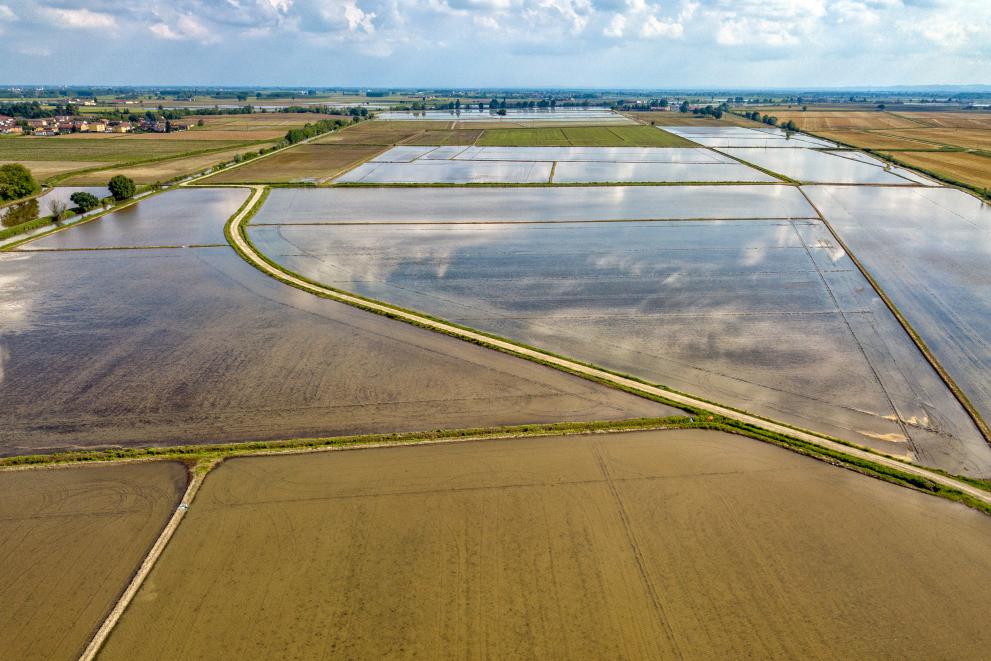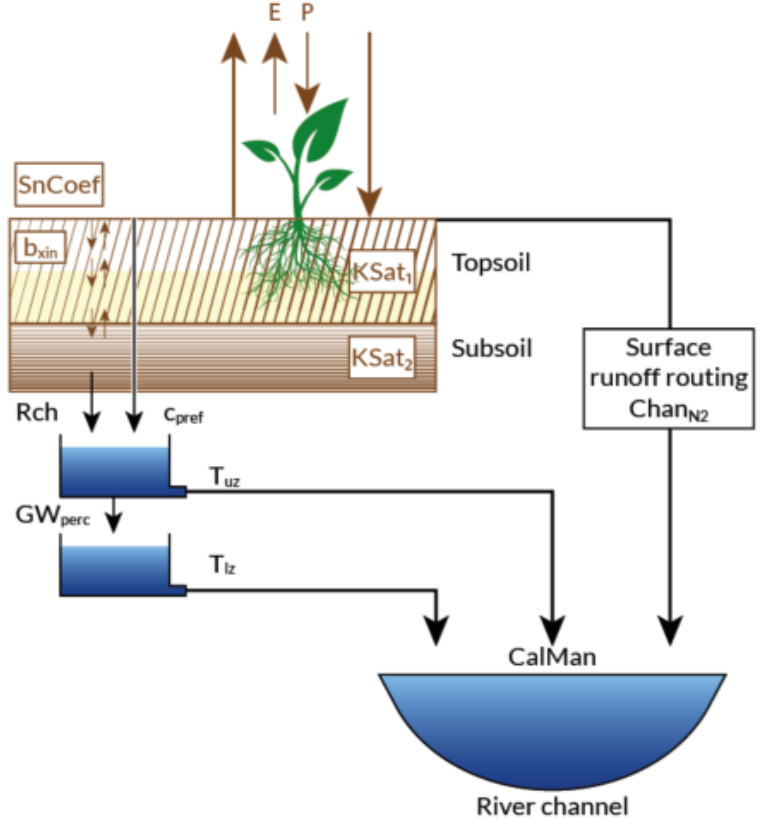
The JRC’s LISFLOOD water model has been made fully open-source to make it more accessible, allow developers to engage in its further development, and for the computations to be more transparent to Member State authorities.
As a tool for water management, LISFLOOD provides flood, drought, soil moisture and water demand and supply simulation maps, down to the nearest 100m and up to a global scale.
The tool can also simulate flood prevention and river regulation measures, and help experts explore the impacts of climate, land-use changes and water efficiency measures on water resources.
The model forms part of the European Flood Awareness System (EFAS), operated under the Copernicus Emergency Management System (EMS). By making the LISFLOOD model open source, developers worldwide will now be able to further develop the model as an important tool in water resources management. Developers could suggest additional subroutines and improvements to existing subroutines.

LISFLOOD is a spatially distributed hydrological rainfall-runoff model that has been developed by the JRC since 1997, and is now being opened to the public as part of the Water-Energy-Food-Ecosystems (WEFE) Nexus activities.
This highly versatile model produces water cycle indicators such as streamflow (or river discharge), the Water Exploitation Index (WEI), the Water Dependency Index (WDI), soil moisture stress, and groundwater recharge and depletion, as well as indicators of high (floods) and low (droughts) river flow.
How it works
LISFLOOD is based on a modular structure that makes it easy to tailor to specific needs across a wide range of spatial and temporal scales.
It can be extended to include additional modules that ensure anything from a better representation of a particular hydrological flow to the implementation of anthropogenic-influenced processes.
LISFLOOD is grid-based. To date, applications have used grid cells from as little as 100 metres (for medium-sized catchments) up to 0.5° (around 55 km) for modelling at the global scale. The model can simulate long-term water balance (using a daily time step), as well as individual flood events (using hourly time intervals, or even smaller).
Although LISFLOOD’s primary output product is river discharge, all internal rate and state variables (soil moisture, for example) can be written as output as well. All output can be written as grids, or time series at user-defined points or areas. The user has complete control over how output is written, thus minimising any waste of disk space or CPU time.
LISFLOOD also simulates snow melt, infiltration, interception of rainfall, leaf drainage, evaporation and water uptake by vegetation, surface runoff, preferential flow (bypass of soil layer), exchange of soil moisture between the two soil layers and drainage to the groundwater, sub-surface and groundwater flow, and flow through river channels.
LISFLOOD and EU water management
It supports water-related policies ranging from disaster risk management (Copernicus, EFAS, EDO, GloFAS) to the impacts of climate change on water resources (WEFE, PESETA), and the influence of water policy measures (such as those planned under the Water Framework Directive) and land use changes on water resources (BLUE2, WEFE).
In addition to LISFLOOD, the JRC has also made two related tools open-source:
• LISVAP, which calculates potential evapotranspiration in pre-processing mode (speeding up the actual LISFLOOD model runtime)
• The JRC Calibration tool, which calibrates the LISFLOOD model simulations against observed data (river flow for example).
Further information
Related Content
Details
- Publication date
- 20 September 2019
